I tuned into the episode "Mystery of the American Maya" because I learned that J. Hutton Pulitzer would be on the program. Given my recent interactions with him, I was curious what he would say about the Maya. I have a few things to say about that and then a few things to say about the rest of the episode, which was just ridiculous. Seriously: it made America Unearthed look like a master class in scholarship and the scientific method.
First: the Pulitzer part.
Early in the program, Pulitzer (identified on screen as "Jovan Hutton") is introduced as "one of the most respected experts on the Maya." That's an amazing statement, and one that I'm sure will surprise many experts on the Maya. We are then told that Pulitzer has "spent a lifetime decoding the Dresden Codex."
So what insights has this lifetime of study produced? We learn nothing about the glyphs on the codex, but are instead are told that an image apparently depicting a caracara bird means that the Maya must have traveled to Florida. Pulitzer says that
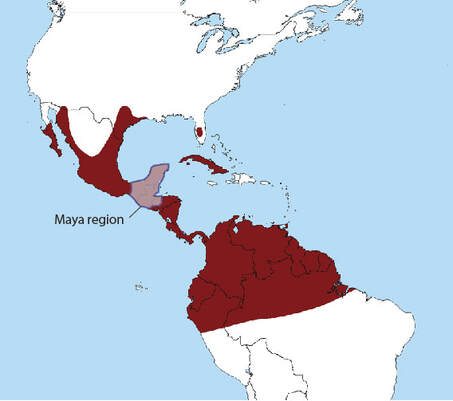 Base map from Wikipedia.
Base map from Wikipedia. First, if you look at the Wikipedia page for the caracara, you will quickly see that the bird's distribution is far, far wider than just the Maya region and Florida. Look, I made a map: the dark red is the distribution of the northern crested caracara (Caracara cheriway); the Maya region is superimposed. The present day distribution of the caracara is much wider than Pulitzer tells us.
And we know something about how the distribution got that way. Spoiler alert: the birds didn't get to where they are today by being boated around on Maya canoes. The current distribution of caracara populations is reduced from a much wider distribution during the Pleistocene. Here, again, Wikipedia can shed light on what, apparently, a lifetime of study missed:
"The state of Florida is home to a relict population of northern caracaras that dates to the last glacial period, which ended around 12,500 BP. At that point in time, Florida and the rest of the Gulf Coast was covered in an oak savanna. As temperatures increased, the savanna between Florida and Texas disappeared. Caracaras were able to survive in the prairies of central Florida as well as in the marshes along the St. Johns River."
So, in actuality, the presence of the caracara bird in Florida says exactly nothing relevant to the claim that the ancient Maya traveled to Florida.
Following the conceit that the Maya were boating around the Gulf with eagles, however, Unexplained and Unexplored goes on to pretend to find evidence of Mayan canoes, Mayan step pyramids, and Mayan stele in Florida. They use a drone, sonar, and LiDAR to look for Mayan sites and artifacts in various areas that, I'm sure, have all been well-mapped and explored. The canoes are cool, but I see nothing to suggest that they were made by the Maya (finds of prehistoric canoes are common in Florida relatively to other places -- the oldest dates to about 5000 BC). The "stepped pyramid" they pretend to discover near the end of the program was documented extensively in a 2016 article in American Antiquity.
Someone should invent a word for simultaneously cringing, yelling, and yawing. I actually feel a bit sorry for anyone and everyone involved in this tragicomic attempt at a television program: it is so full of misrepresentation, idiotic fantasy, and pretend "discovery" that it's hard to watch. I'd like to say that you can't really produce anything much dumber than this show, but I bet someone will find a way.
And, to be clear, I don't think it's a crazy idea that pre-Columbian societies around the Gulf of Mexico may have interacted in one way or another. They were all coastal peoples, after all, and the entire region was populated. But there is a lot of daylight between accepting the idea that contact of one form or another was possible (or even probable) and accepting as evidence the kind of baloney that this program builds its case on.
Near the end, the narrator states that "our journey has confirmed the presence of the Maya throughout Florida." Cool story, bro -- tell it again. I bet they will. Probably many more times.
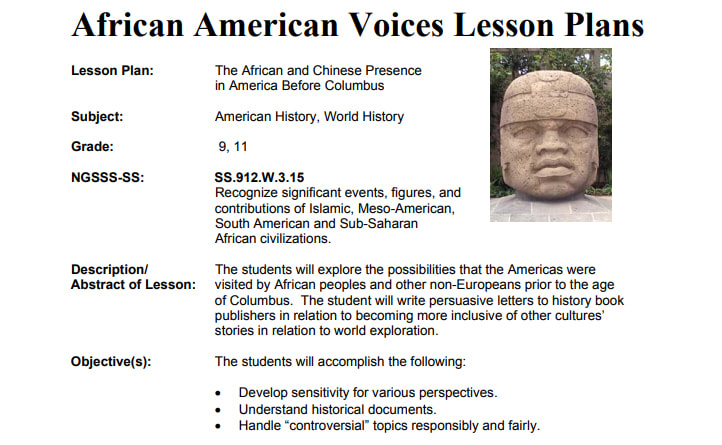
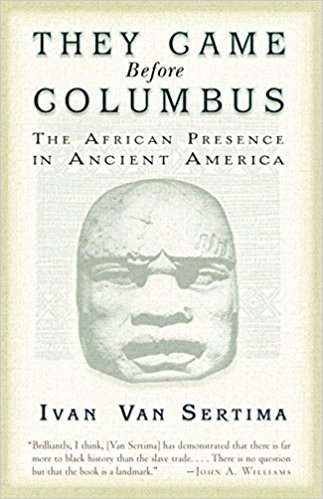
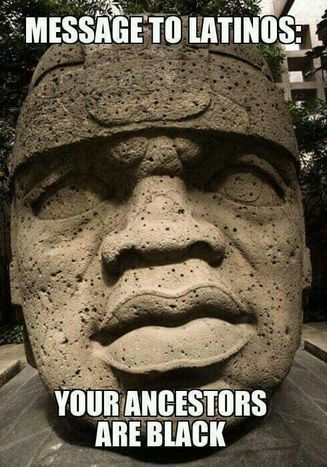
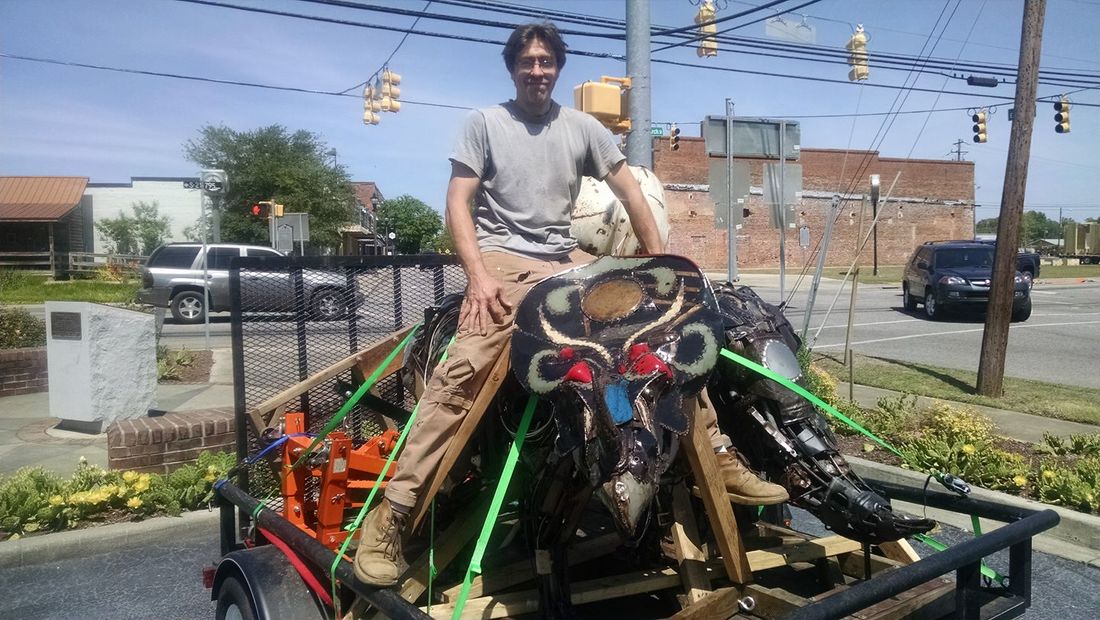
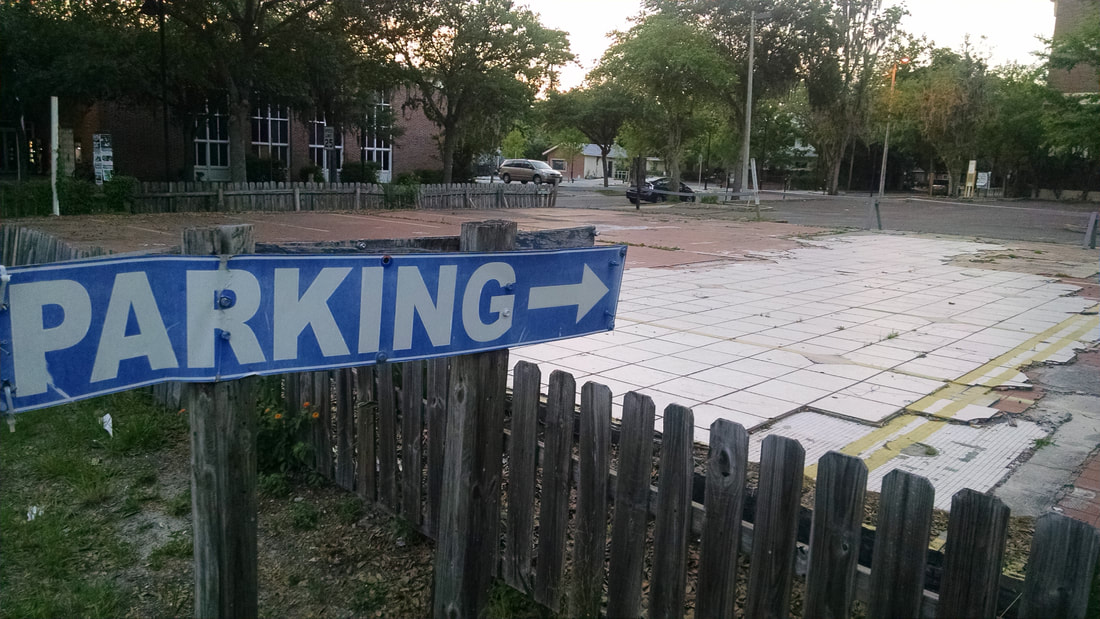
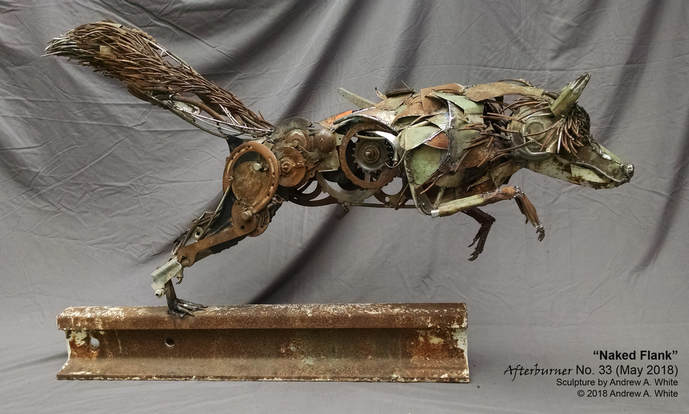
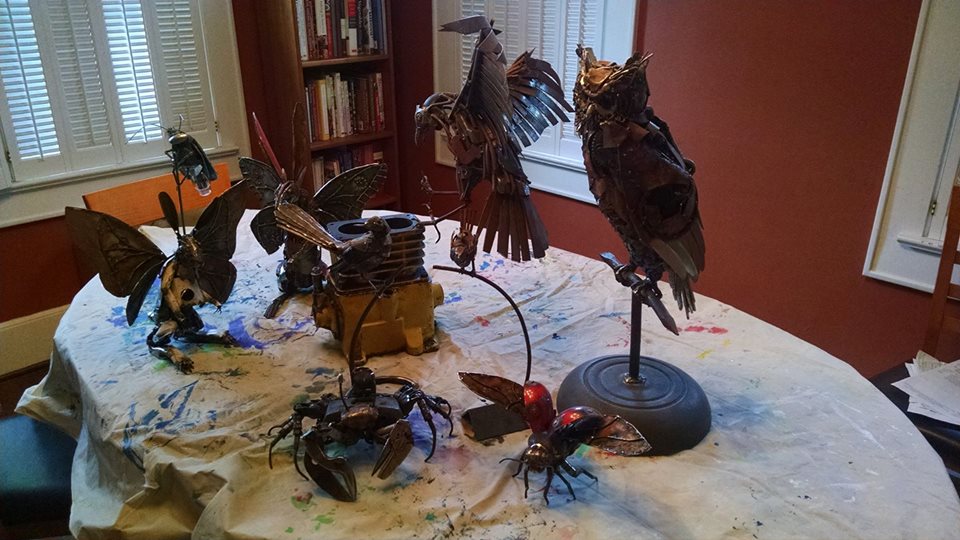
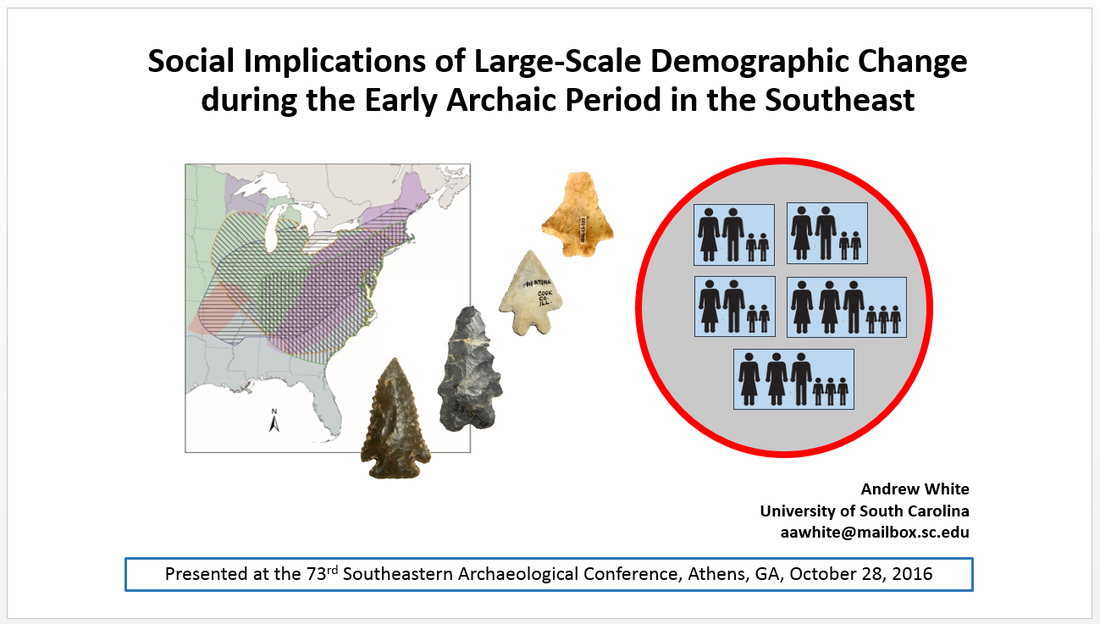



 RSS Feed
RSS Feed
